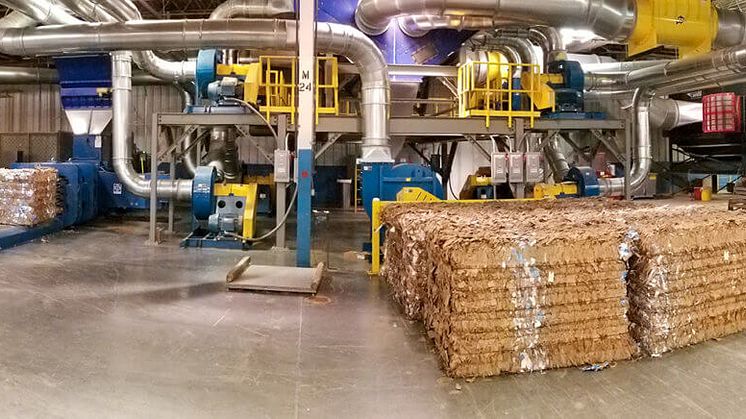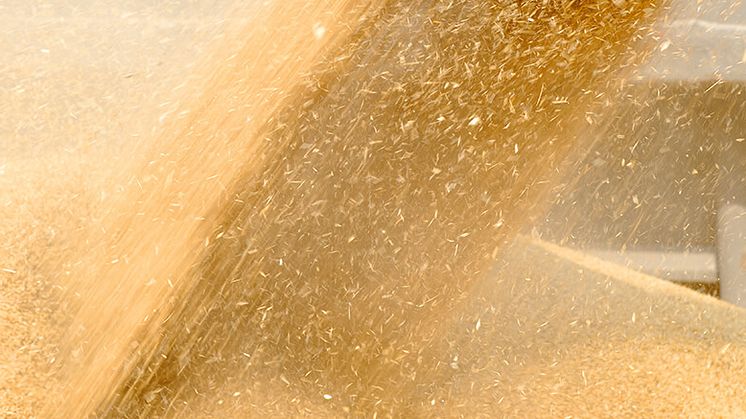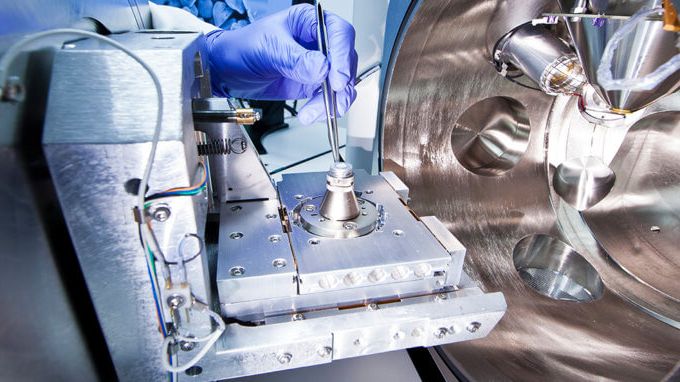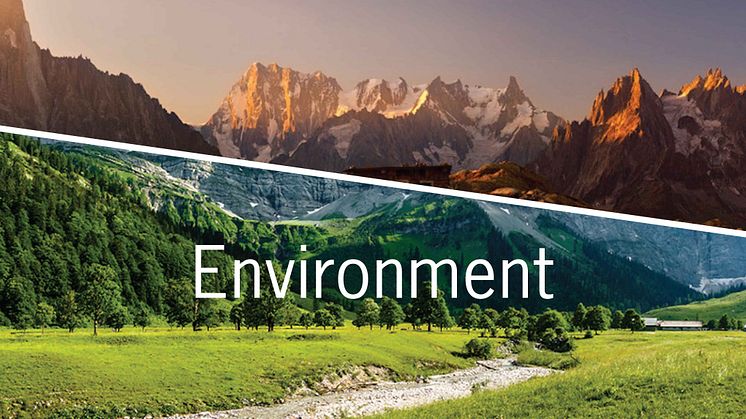Controlling Dangerous Dusts from Cardboard and Paper Scrap while Minimizing Energy Costs
There are many paper manufacturing processes that generate dust and scrap including trim machines, die cut presses, shredders, balers and vacuum feed conveyors. Besides being a housekeeping nuisance, this dust is combustible, which is why facilities use industrial dust collectors. Most paper dust is classified as ST1 and is around 100Kst. Here are some important points to consider that can improve




